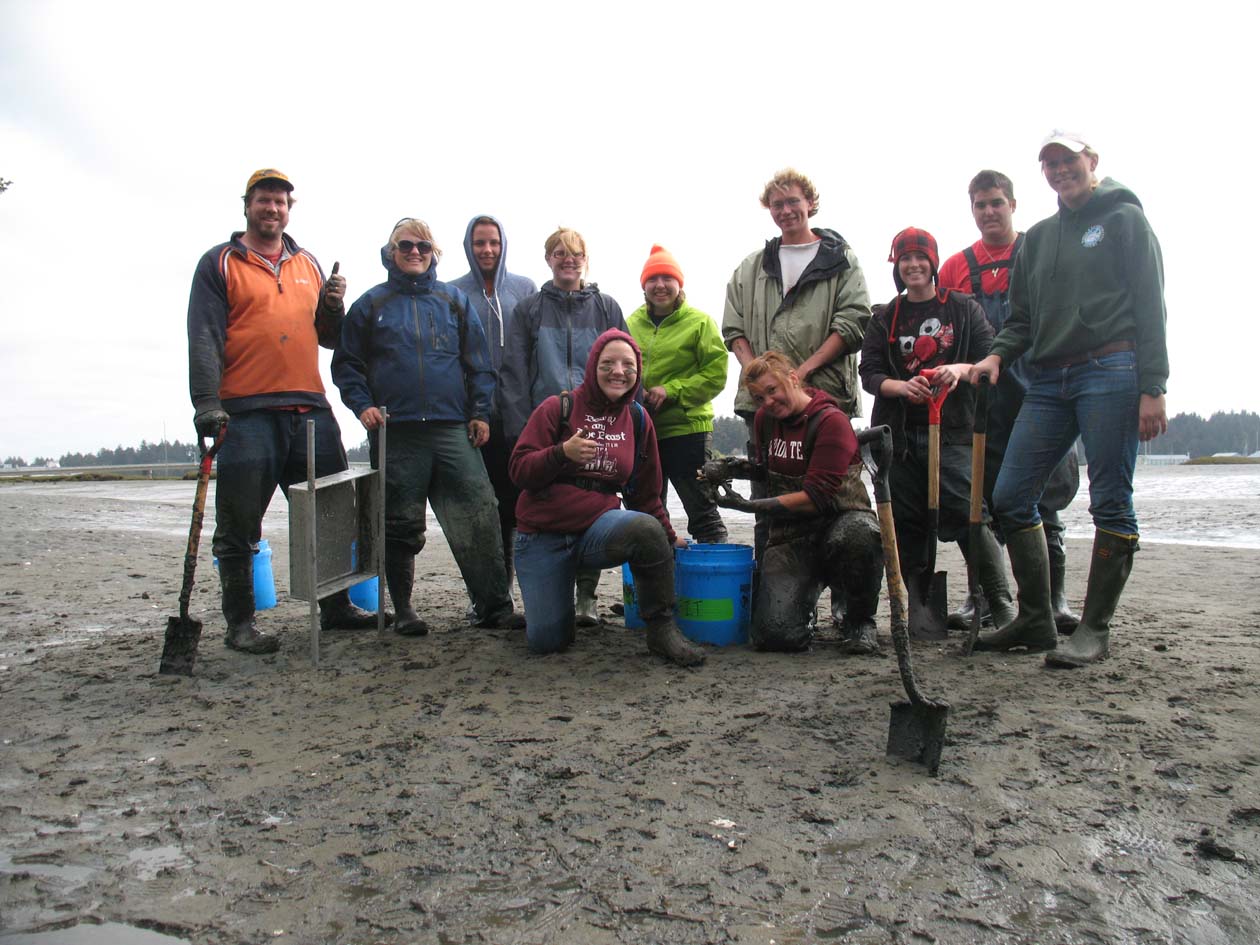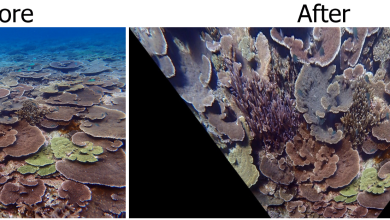Mudflat Madness
Tuesday, May 8 – Florida Tech Oceanography braves the mudflats of Charleston, Oregon. In sheltered areas, with greatly reduced flow and wave action, very fine sediments can accumulate. They tend to be very horizontal in slope (hence the term “mudflat”) and, because of their flat condition, massive areas can be exposed and covered again with the low and high tides. Myriad creatures live in this bizarre world, many of them creating tubes or burrows in the mud. When the tide is high, the animals draw plankton-laden water through their tubes and burrows in order to filter-feed.
The animals which can be found here include ghost shrimp, predator polychaete worms, spoon worms, lugworms, spaghetti worms, mud crabs, Dungeness crabs, sculpins, phoronid worms, and myriad types of clams and cockles. The Florida Tech Oceanography students were on a mission to find phoronid worms, spoon worms, Geoduck clams, and lugworms. They were successful with phoronids and lugworms, but, but alas, the mighty Geoduck and spoon worms were elusive. We did manage to find large clams which contain with in them big commensal pea crabs.
On our way back from the mudflats, we dropped in on Metcalf Marsh and attempted to locate the infamous regionally endemic anemone Haliplanella. This anemone is only found in high, nearly anoxic salt marsh pools. Alas, we were unsuccessful with the anemone search. All-in-all, though, it was a very good day for rare and exotic beasts.









